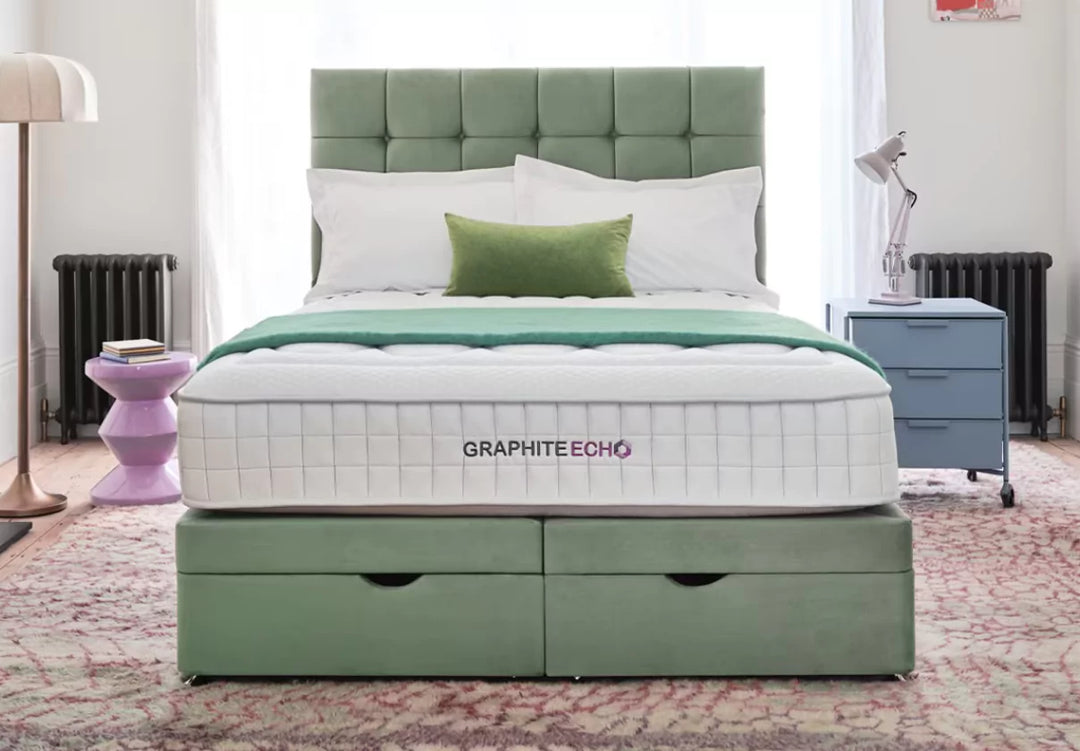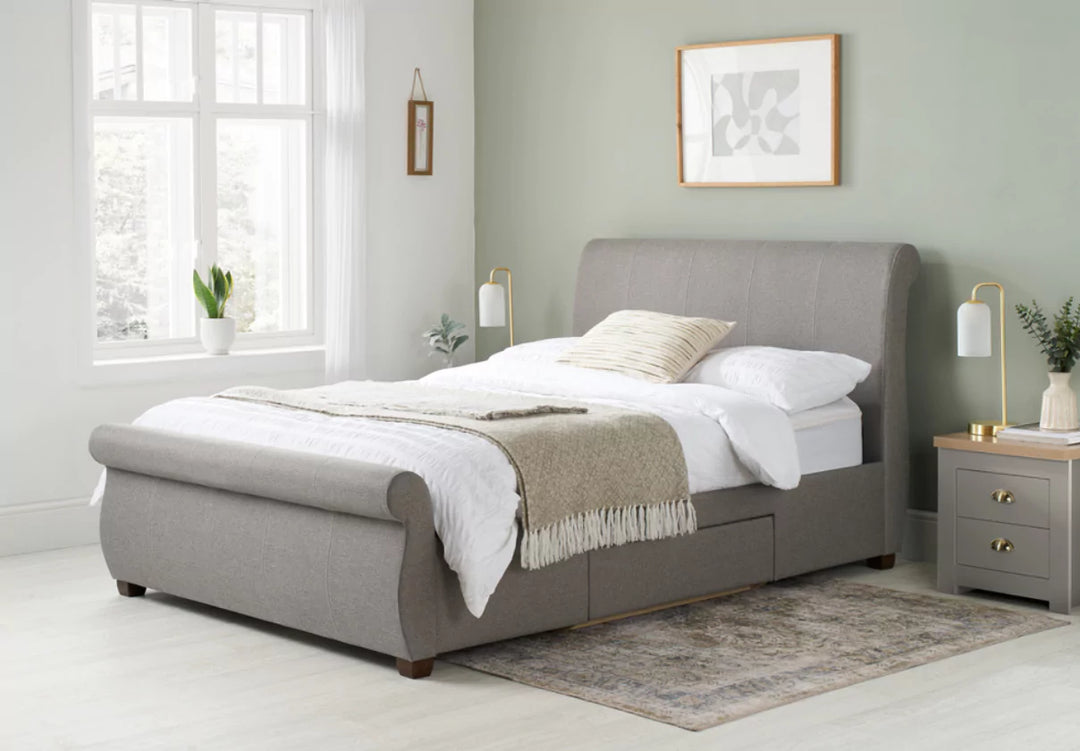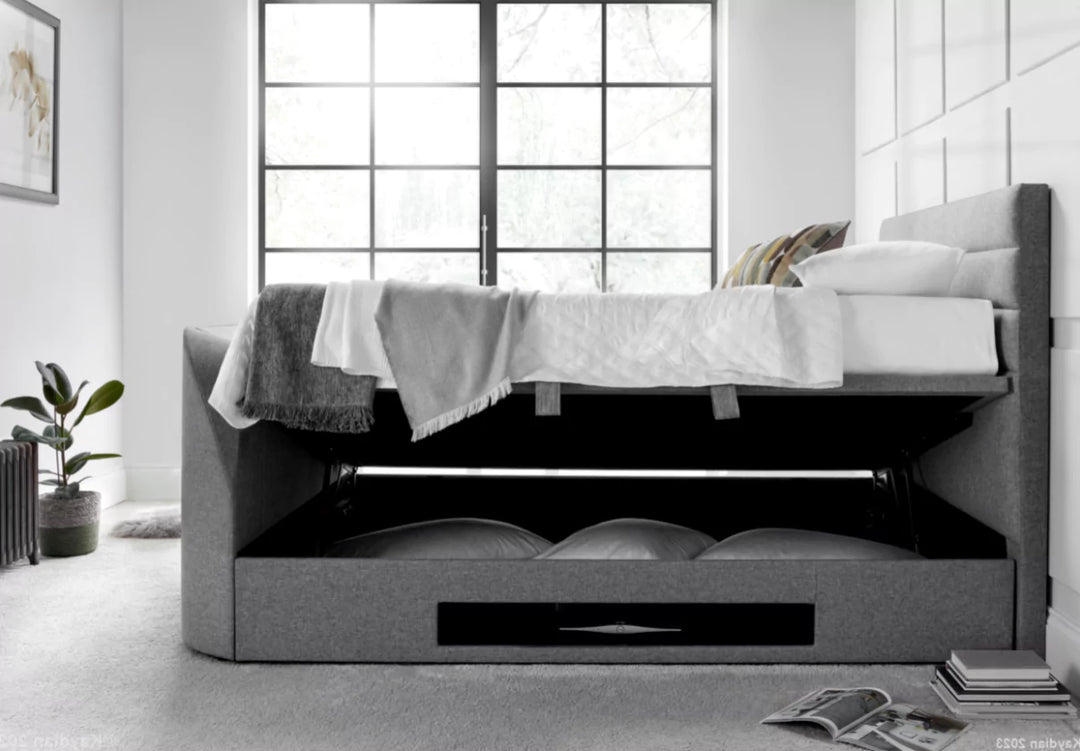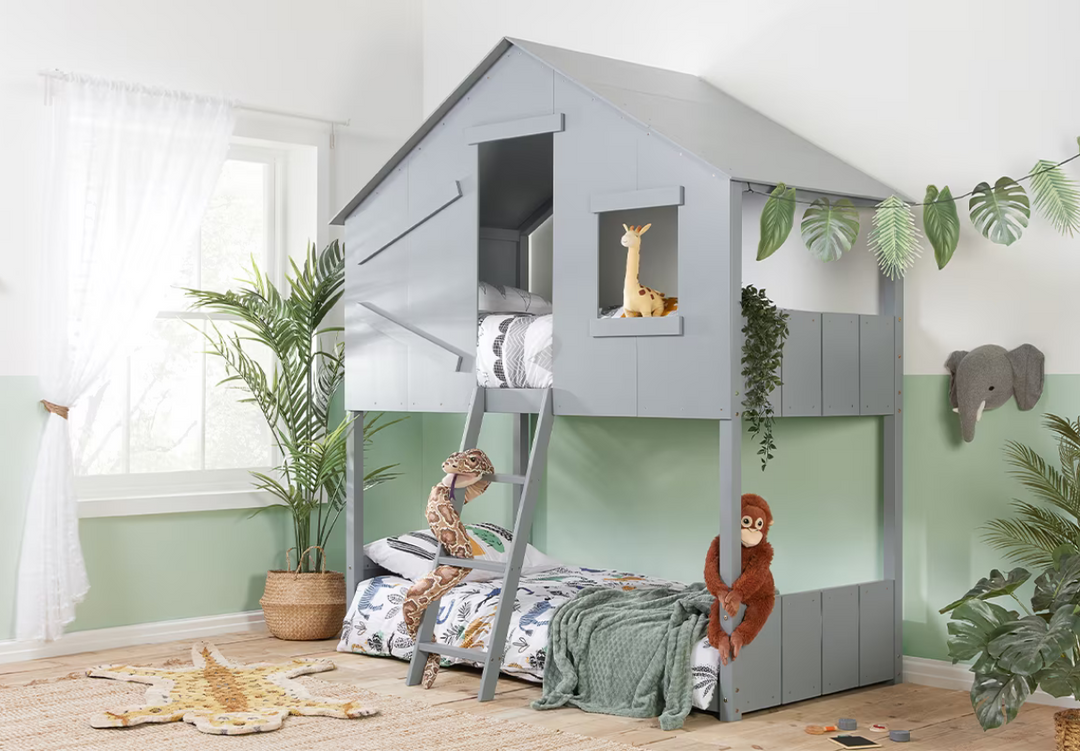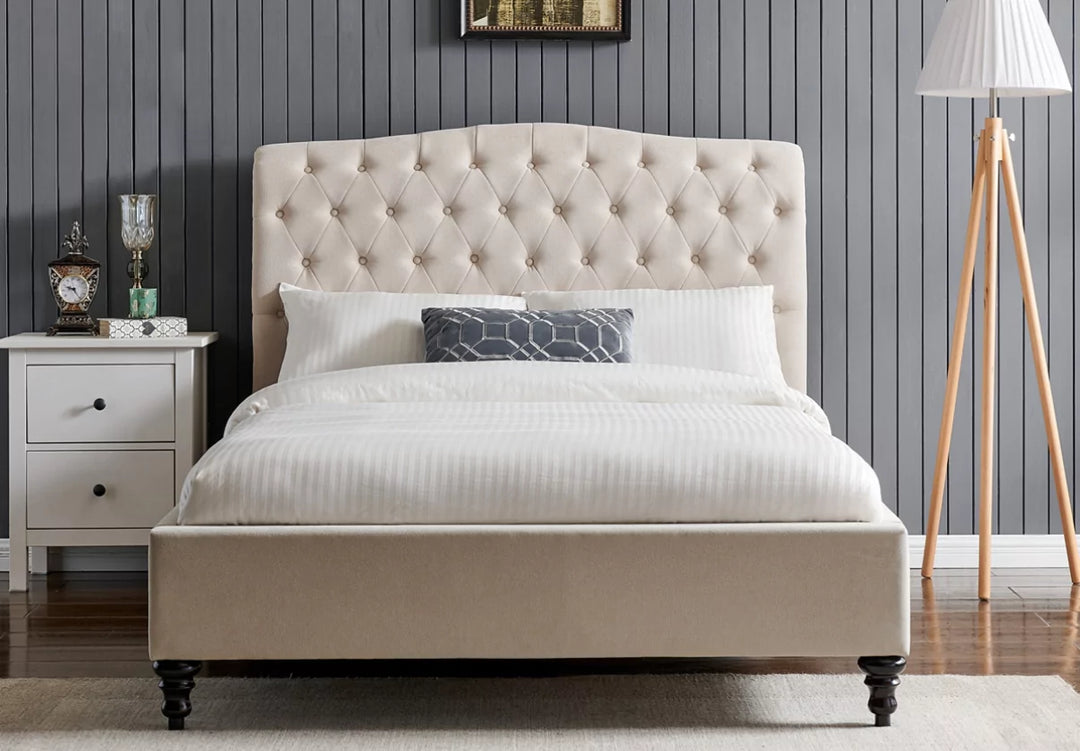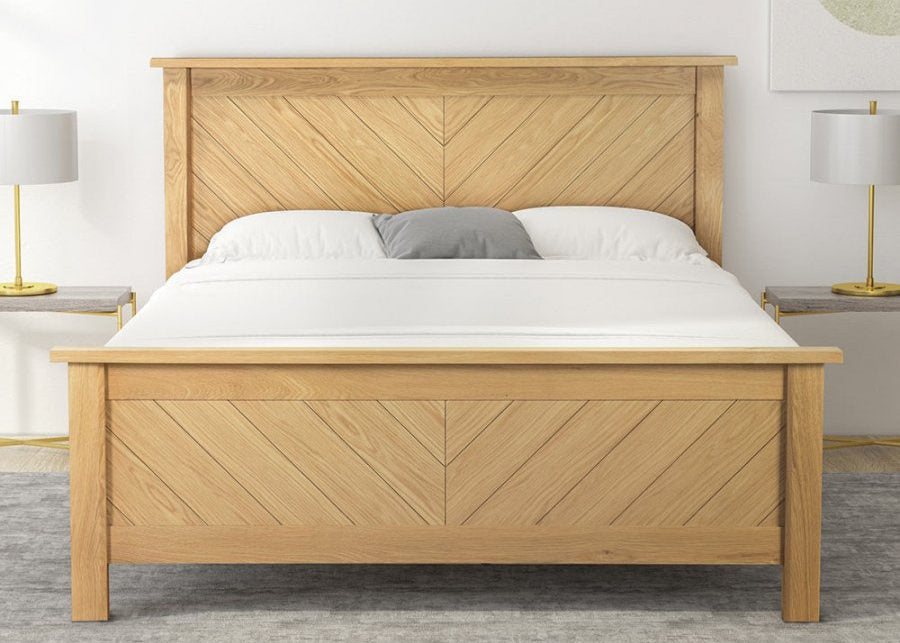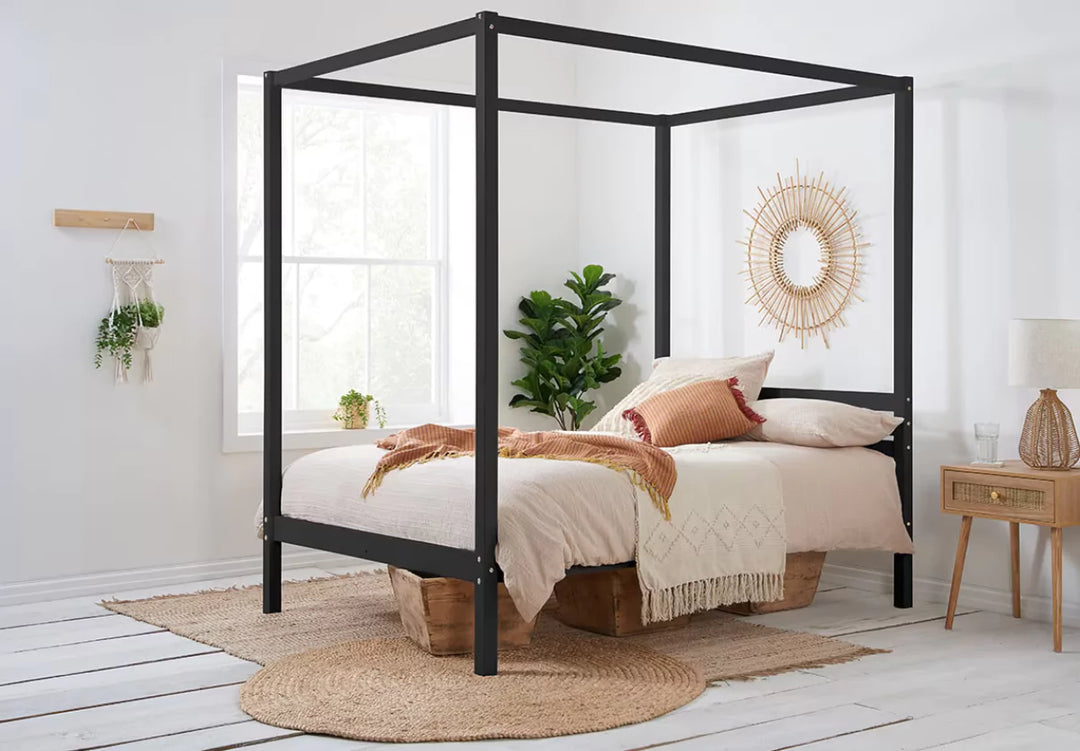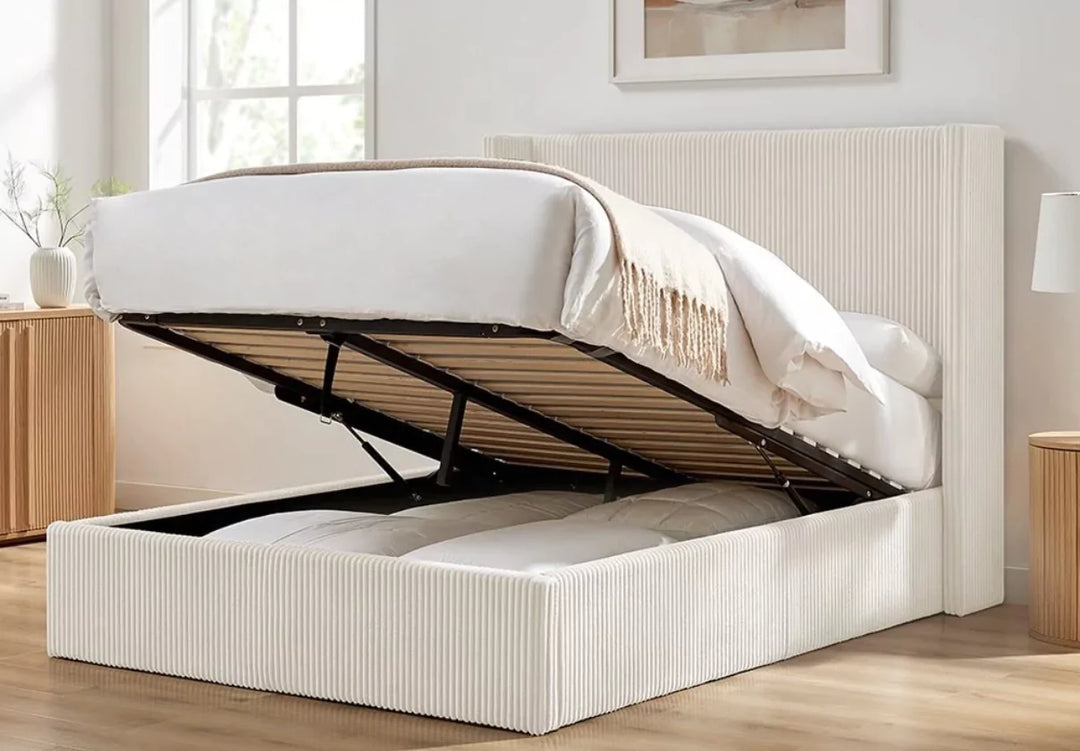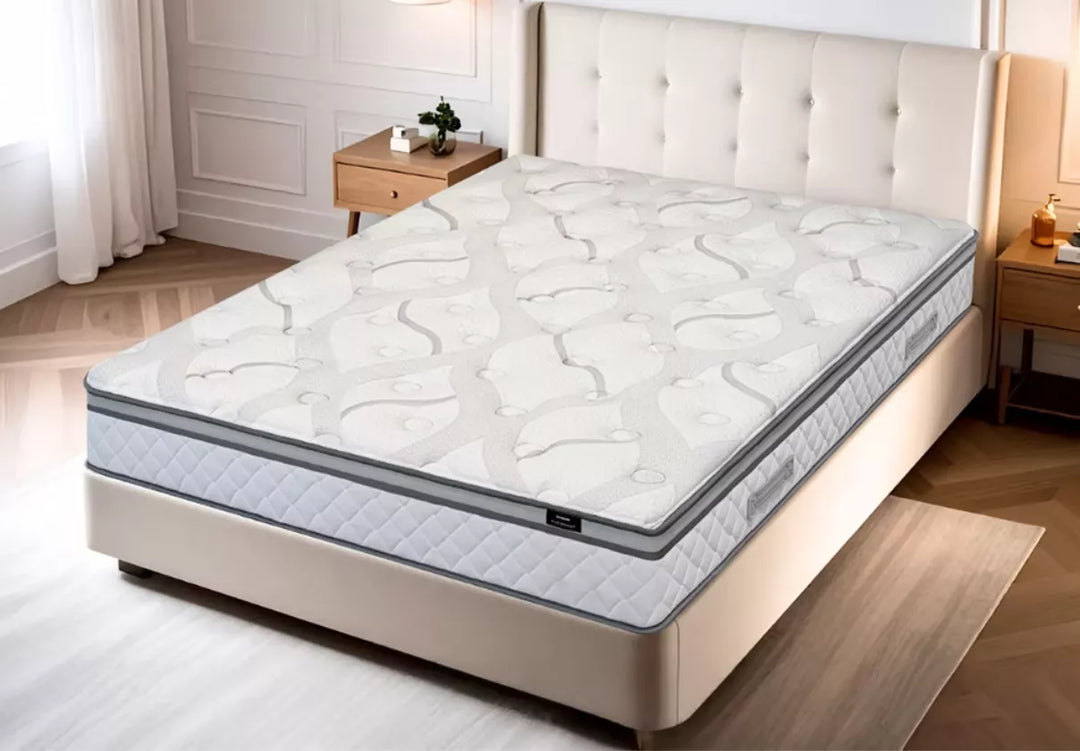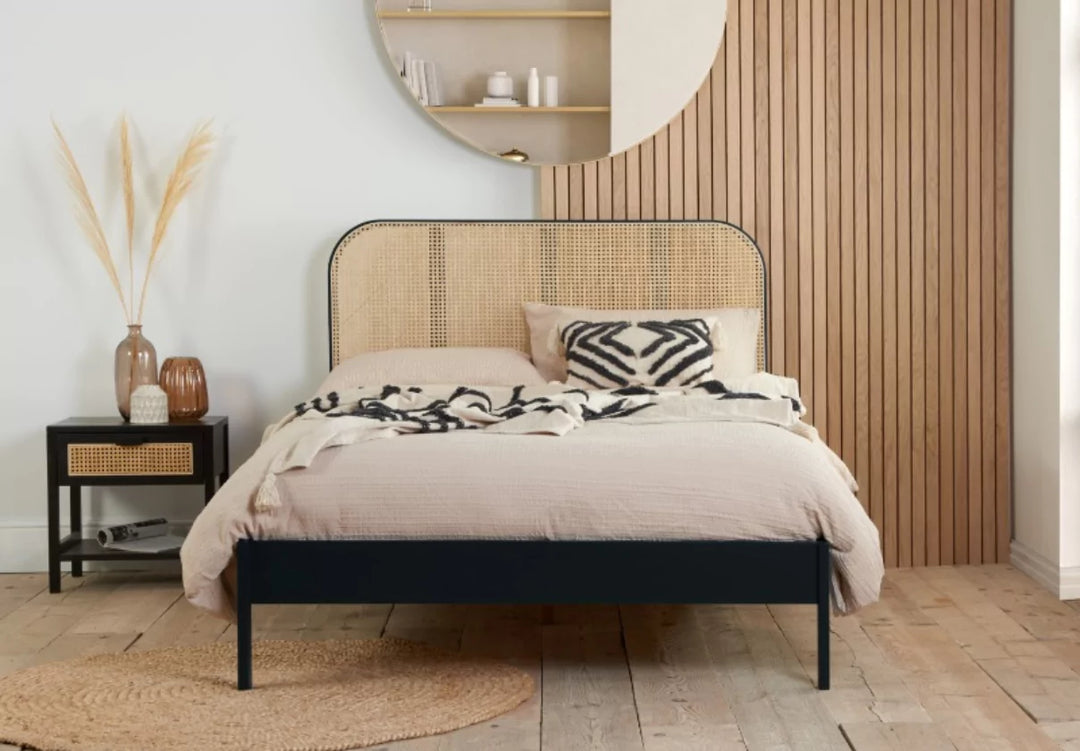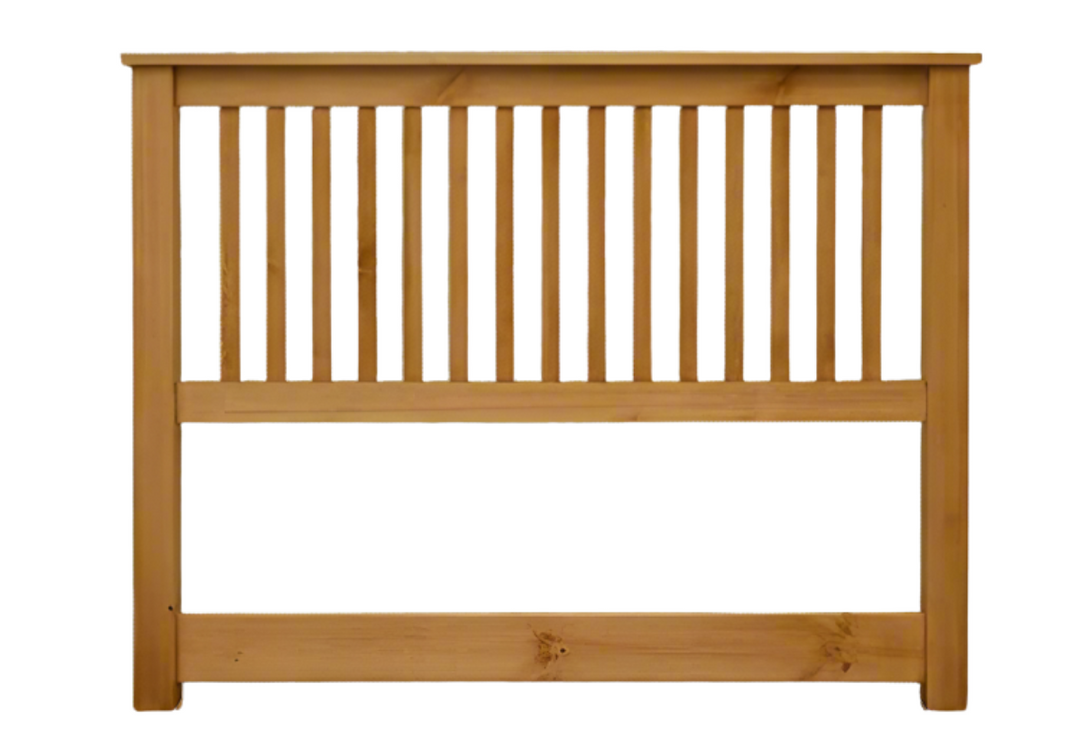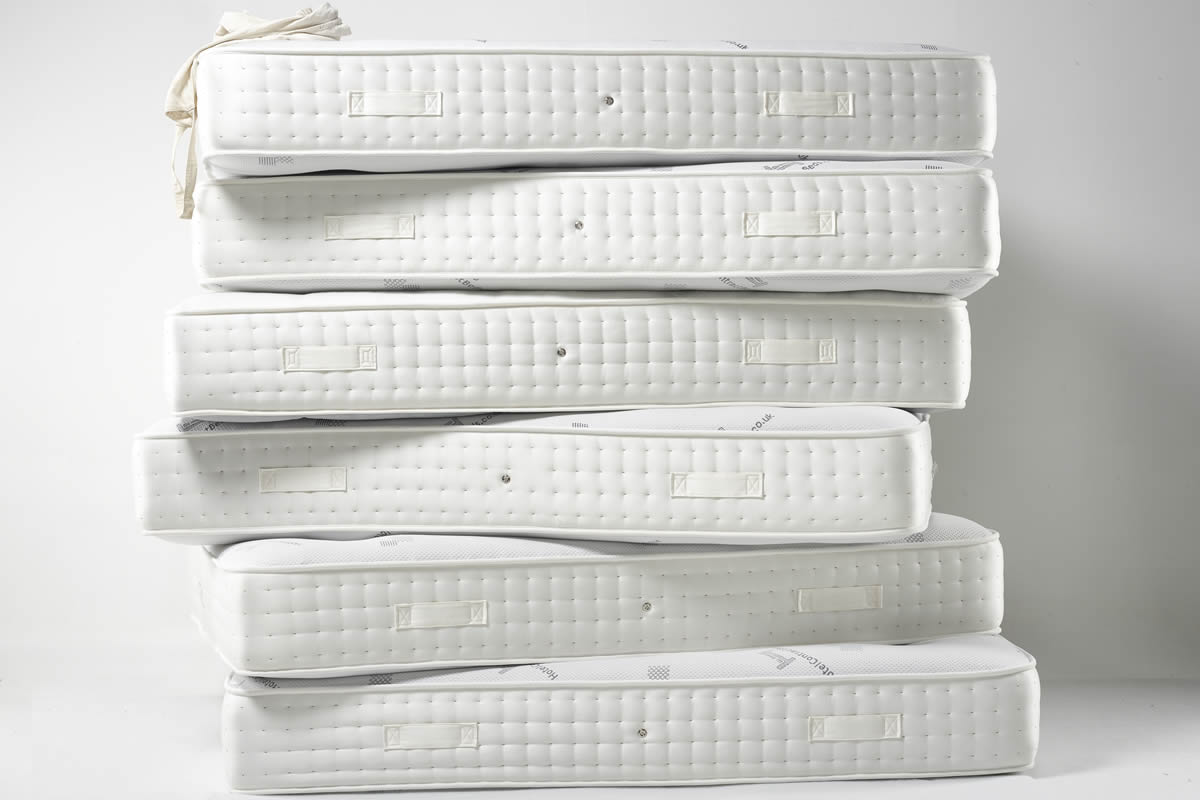
Bed Size Guide
Choosing the Right Bed for Your Needs
Selecting the perfect bed size is essential for comfort, sleep quality, and making the best use of your bedroom space. Whether you’re upgrading your bed, furnishing a guest room, or buying for a child, this guide will help you understand the different UK bed sizes and who they’re best suited for.
UK STANDARD BED SIZES
Small Single (2'6" x 6'3" | 75cm x 190cm)
A small single bed is perfect for young children, compact bedrooms, or guest rooms where space is limited. It provides a comfortable sleeping area for one person while being a great space-saving option for smaller homes or bunk beds.
Single (3'0" x 6'3" | 90cm x 190cm)
A single bed is ideal for children, teenagers, or small bedrooms. It offers enough space for one sleeper while being compact enough for smaller rooms or guest spaces.
Small Double (4'0" x 6'3" | 120cm x 190cm)
Also known as a three-quarter bed, the small double is perfect for solo sleepers who need extra space or couples in compact rooms. It's a great choice for teenagers, spare bedrooms, or studio apartments.
Double (4'6" x 6'3" | 135cm x 190cm)
The double bed is a popular choice for couples or solo sleepers who enjoy extra room. It’s suitable for most bedrooms and offers a good balance between space-saving and comfort.
King (5'0" x 6'6" | 150cm x 200cm)
A king-size bed provides more sleeping space, making it ideal for couples who want extra room to stretch out. Its added length also makes it a great option for taller sleepers.
Super King (6'0" x 6'6" | 180cm x 200cm)
The super king-size bed is the ultimate in luxury, offering plenty of space for couples or those who love extra room. It’s perfect for larger bedrooms and provides superior comfort.
CHOOSING THE RIGHT BED SIZE: KEY CONSIDERATIONS
Room Size & Layout
✔️ Ensure there’s at least 60cm of space around the bed for easy movement.
✔️ Consider built-in storage options if space is limited.
Sleeping Arrangements
✔️ Single or small double for solo sleepers.
✔️ Double or king-size for couples.
✔️ Super king for maximum comfort and space.
Height & Sleeping Position ✔️ Taller sleepers may benefit from a king or super king for extra legroom.
✔️ Side sleepers often prefer a wider bed for unrestricted movement.
Future-Proofing
✔️ A small double or double can be a smart investment for growing children or guest rooms.
✔️ Consider long-term comfort and lifestyle changes when choosing a size.
Divan Sets
We've made it easy for you by pairing our best-selling mattresses with our top divan bases for the perfect combination of comfort and support. Our collection of divan bed sets is an ideal choice for upgrading your bedroom, enhancing both your sleep quality and overall relaxation.
Bed Frames
Find the perfect bed frame to suit your style and enhance your sleep. From sleek metal to classic wooden designs, our collections offers a variety of sizes and finishes. Crafted for durability and comfort, our bed frames provide sturdy support for your mattress and complement any bedroom décor.
Popular types of beds
FAQs
When selecting a bed, consider the size of your room. Ideally, leave at least 60cm of space around the bed for easy movement. A single bed is perfect for smaller rooms, while a king-size or super king-size offers ample space for larger bedrooms.
For couples, a king-size (150cm x 200cm) or super king-size (180cm x 200cm) bed is ideal. These sizes offer plenty of room for each person to sleep comfortably without feeling cramped.
Measure the available space in your bedroom, considering both length and width. Allow for extra room around the bed to ensure it fits comfortably in the space. For example, a double bed requires at least 190cm x 135cm of space.
A super king-size bed (180cm x 200cm) is 30cm wider than a king-size bed (150cm x 200cm), offering even more space for comfort. Ideal for larger rooms or couples who prefer extra room to stretch out.
A small double or double bed is a good long-term investment for a growing child. It provides room to grow and allows for better comfort as they transition from a single bed.
Yes, you can buy a mattress and bed frame separately. Just ensure the mattress size matches the bed frame dimensions to provide proper support and comfort.
The smallest bed size is a small single (75cm x 190cm), ideal for young children, compact spaces, or as a secondary bed for a guest room.
By choosing the right bed size, you'll ensure that your sleeping environment is tailored to your needs, making it easier to relax and enjoy a good night’s sleep every time.


